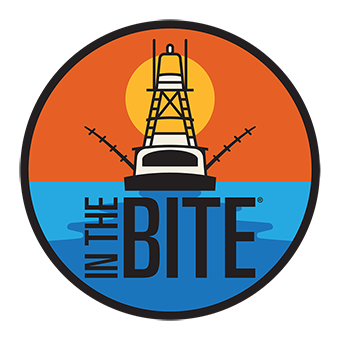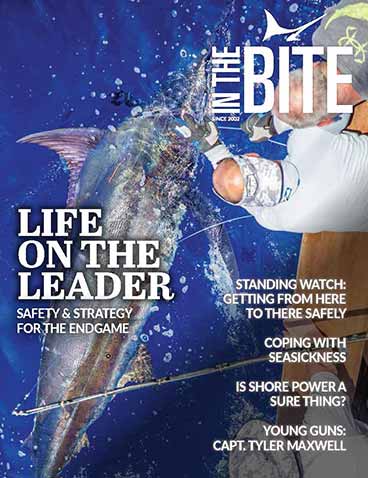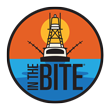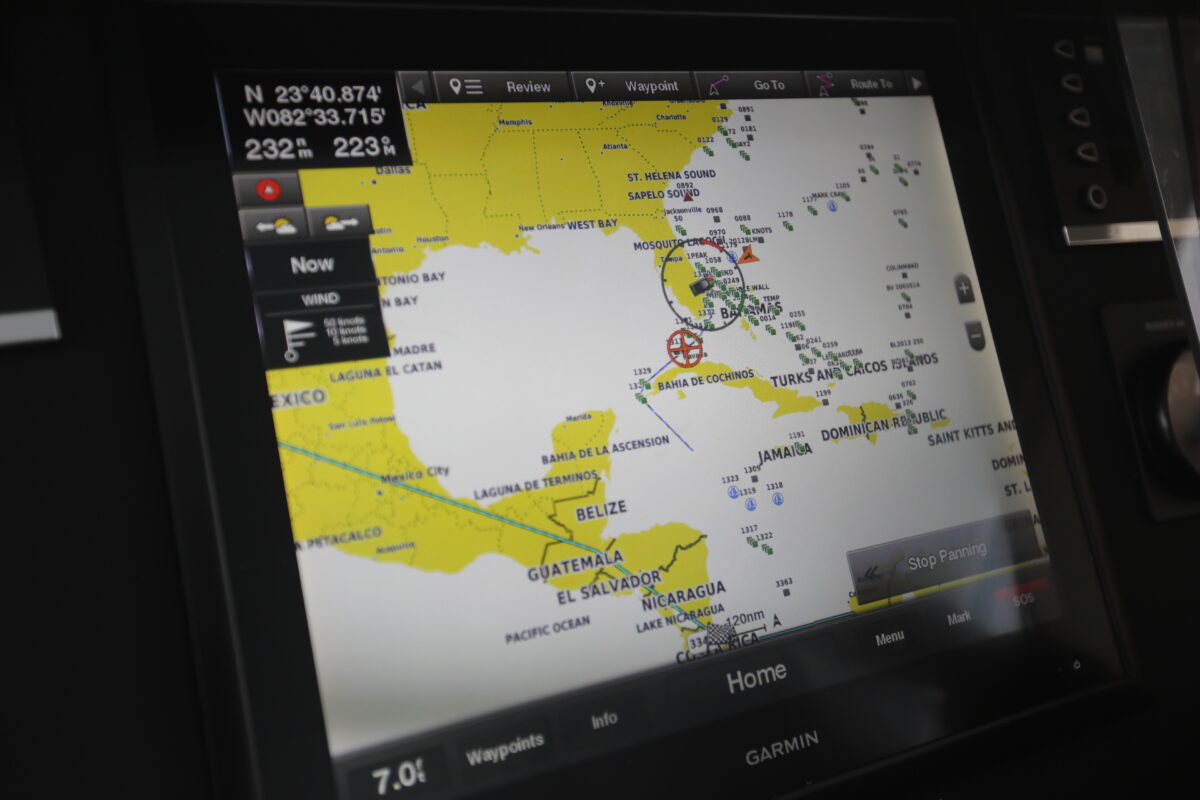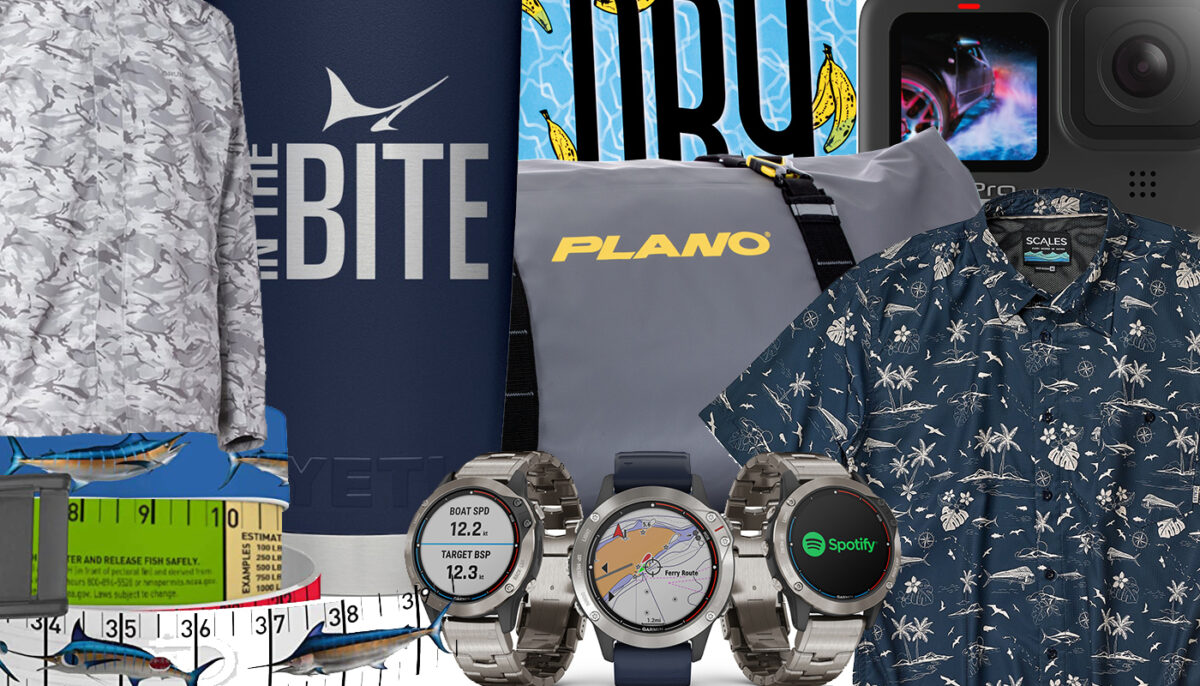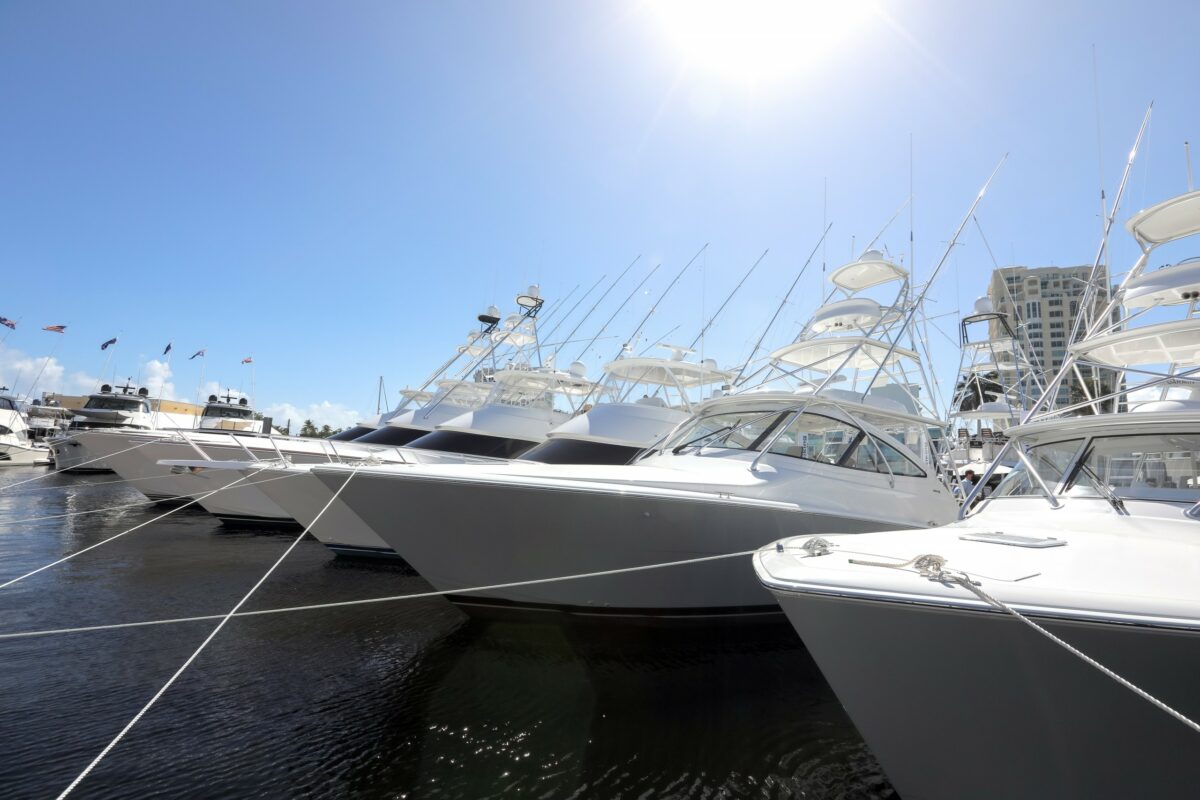Waypoint Management
My father left me a few personal treasures, one of which was his black book of fishing numbers from the Bahamas. It was actually a blue binder and that cherished book likely won’t ever see salt again, but either way I will have that tattered collection of notes forever. Times have
